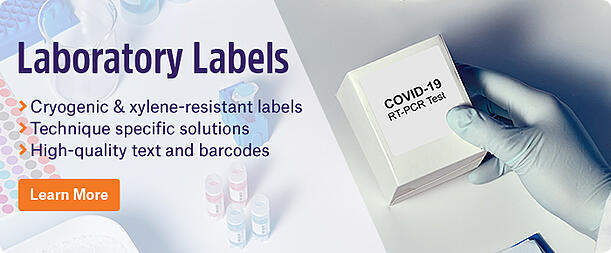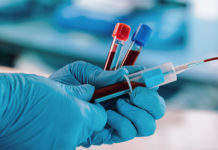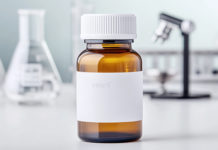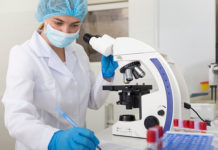Efficient laboratory workflows are the lynchpin of a well-run lab. When everything is managed smoothly, PhDs, post-docs, associates, and technicians perform their tasks quickly and on time, they are kept safe from harm, and results are generated in an unbiased manner. Here are several tips that can help improve workflows, making them more accurate, reproducible, and less prone to error.
Start small
When creating a new workflow, it’s tempting to begin with wholesale implementation of the protocol once it has been devised. However, utilizing a protocol in practice often has many unforeseen pitfalls and areas to optimize, which can be difficult if the setting is too large. The most obvious example is the development of a new experimental protocol, which can sometimes take months to troubleshoot and perfect. However, integrating a new method of tracking inventory throughout the lab can also become a burden if it has not been tested beforehand. It’s recommended to begin small, with a few runs using test samples, so that the new workflow can be tested and optimized before broader use.
Automate and digitize wherever possible
Not every task can be automated, but it’s worth investing in automation for protocols that go through a high volume of samples and involve highly repetitive steps. For simpler tasks, like labeling and filling tubes, automation can reduce the likelihood of human error and increase productivity, allowing personnel to work on other tasks that cannot be automated. RFID and/or barcode labels linked to a laboratory information management system (LIMS), electronic lab notebook (ELN), or any other digitized lab management system are recommended for enhanced sample tracking and streamlining inventory management.
Employ Lean Six Sigma methodologies
Lean Six Sigma is a framework that can improve workflows across the lab by reducing operational waste and errors. While Lean methodology focuses on removing waste, Six Sigma focuses on elevating output quality and minimizing errors and variability in the workflow. Lean Six Sigma can be adopted across all workflows to ensure that all lab activities run as smoothly as possible while consistently improving cost efficiency.
Invest in training
Training is a key component of efficient laboratory workflows, not only to maintain productivity but safety as well. It is not enough to provide a short training session for a new workflow; all personnel should understand each step and what to do if something goes wrong. Staff should understand how to manage the potential loss of samples and reagents while ensuring equipment, such as high-speed centrifuges, are used safely. Once trained, it is worth following up later to ensure that SOPs are being run properly and that crucial steps have not been forgotten.
LabTAG by GA International is a leading manufacturer of high-performance specialty labels and a supplier of identification solutions used in research and medical labs as well as healthcare institutions.




